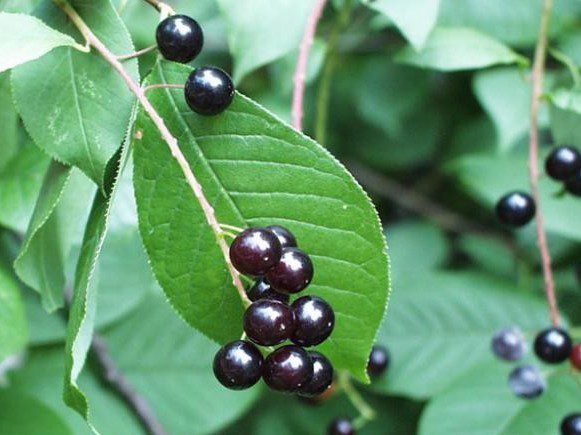At Reder Landscaping, we’re passionate about healthy, sustainable landscapes, but few plants challenge that vision quite like buckthorn. This fast-spreading invasive shrub has become one of the biggest threats to the health of natural areas and residential landscapes in Midland. It takes over quickly, displaces native plants, and is notoriously difficult to eliminate once established.
Here’s what you should know about why buckthorn is such a problem, how to spot it, and how our team can help you get it under control for good.
What Is Buckthorn?
Buckthorn is a woody shrub or small tree that grows densely and can reach up to 20 feet tall. Two types are common in Michigan: common buckthorn and glossy buckthorn. Both species were brought here decades ago as ornamental plants and for use in hedgerows , but they’ve since escaped into the wild and spread aggressively.
Buckthorn is easy to spot if you know what to look for: it leafs out earlier than most shrubs in spring and stays green late into the fall, giving it a head start (and extra growing time) each season. It produces clusters of small black berries that birds eat and spread widely, and its stems often form dense thickets that crowd out everything else.


Why It’s Invasive
Buckthorn grows fast and reproduces even faster. Here’s what makes it such a persistent invader:
- It outcompetes native plants. By leafing out early and holding its leaves late, buckthorn shades out other plants that need sunlight to grow.
- It spreads easily. Birds and small animals eat the berries, then spread the seeds far and wide.
- It re-sprouts from roots. Cutting it down isn’t enough, it grows right back unless the stump is treated.
- It changes the soil. Buckthorn can alter soil chemistry, making it harder for native plants to re-establish once it’s gone.
The result? Once buckthorn moves in, it dominates the landscape and leaves little room for native trees, shrubs, and wildflowers to survive.
Why It’s a Big Problem in Midland
Our local environment in Midland offers ideal conditions for buckthorn to thrive, moist soils, sunny edges, and plenty of disturbed ground. We see it taking hold along fence lines, drainage ditches, natural woodlots, and even in residential landscapes.
Over time, buckthorn can:
- Create dense thickets that block access and visibility
- Reduce biodiversity and damage wildlife habitat
- Prevent native trees and shrubs from regenerating
- Make ongoing maintenance more difficult and costly
If left untreated, it spreads rapidly from property to property, turning once-healthy landscapes into tangled, unmanageable thickets.
How to Get Rid of Buckthorn
Getting rid of buckthorn requires patience, timing, and the right technique. Here’s how our team at Reder Landscaping handles it:
- Professional Identification
Our horticulturists correctly identify whether you’re dealing with common or glossy buckthorn and assess how widespread it is. - Targeted Removal
We remove the plants by hand or with equipment depending on the site. Larger shrubs are cut low to the ground to remove as much of the root system as possible. - Stump Treatment
We apply a treatment directly to the stump to prevent re-sprouting, a crucial step that keeps the plant from growing back. - Spring Follow-Up
Buckthorn seeds can stay in the soil and germinate months later. We return in the spring to inspect, re-treat, and make sure new growth is stopped early. - Restoration & Replanting
We can help replace invasive buckthorn with hardy, native plants that enhance your property and discourage re-infestation.
Why Choose Reder Landscaping for Buckthorn Removal This Fall and Winter
Buckthorn can be tricky to manage on your own. Our horticulturists know how to identify, remove, and prevent it safely and effectively, without damaging the surrounding landscape. We take a multi-season approach, making sure the problem is handled completely and doesn’t return the next year.
With decades of local experience, we’ve seen firsthand how buckthorn can take over, and we know exactly how to stop it.
Take Back Control of Your Landscape
If you’ve noticed shrubs that stay green long after everything else fades or thick patches that seem to grow back no matter what you do, it may be time for a closer look.
Contact Reder Landscaping to schedule a property assessment. We’ll identify any invasive plants, explain your options, and help restore your landscape’s health, so you can enjoy a property that’s thriving, not overrun.
Give us a call at 989-835-8260 or click here to get started today!
